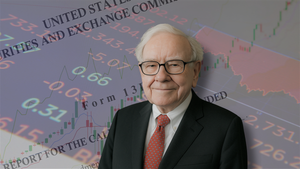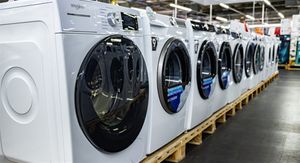
Over the past six months, Kraft Heinz’s stock price fell to $27.65. Shareholders have lost 5.7% of their capital, which is disappointing considering the S&P 500 has climbed by 5.2%. This may have investors wondering how to approach the situation.
Is there a buying opportunity in Kraft Heinz, or does it present a risk to your portfolio? Check out our in-depth research report to see what our analysts have to say, it’s free.
Why Do We Think Kraft Heinz Will Underperform?
Even though the stock has become cheaper, we're swiping left on Kraft Heinz for now. Here are three reasons why we avoid KHC and a stock we'd rather own.
1. Demand Slipping as Sales Volumes Decline
Revenue growth can be broken down into changes in price and volume (the number of units sold). While both are important, volume is the lifeblood of a successful staples business as there’s a ceiling to what consumers will pay for everyday goods; they can always trade down to non-branded products if the branded versions are too expensive.
Kraft Heinz’s average quarterly sales volumes have shrunk by 4% over the last two years. This decrease isn’t ideal because the quantity demanded for consumer staples products is typically stable. 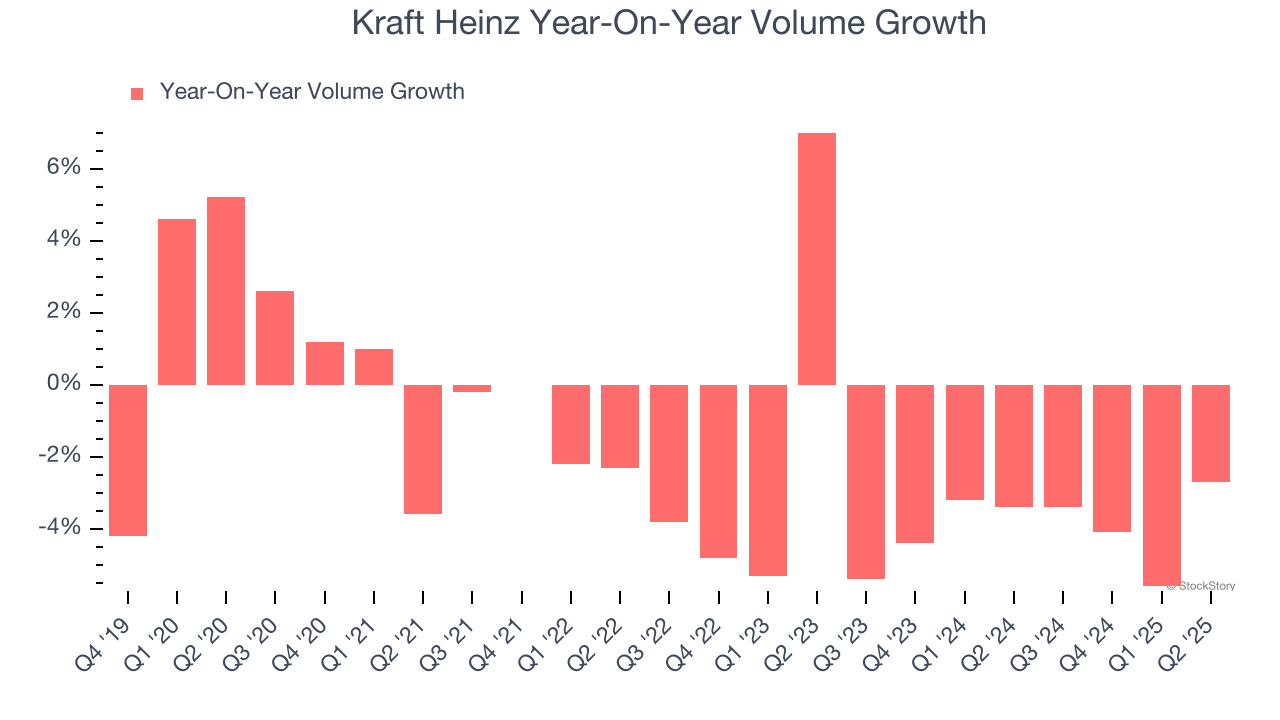
2. Shrinking Operating Margin
Operating margin is an important measure of profitability accounting for key expenses such as marketing and advertising, IT systems, wages, and other administrative costs.
Analyzing the trend in its profitability, Kraft Heinz’s operating margin decreased by 41.7 percentage points over the last year. Kraft Heinz’s performance was poor no matter how you look at it - it shows that costs were rising and it couldn’t pass them onto its customers. Its operating margin for the trailing 12 months was negative 27.3%.
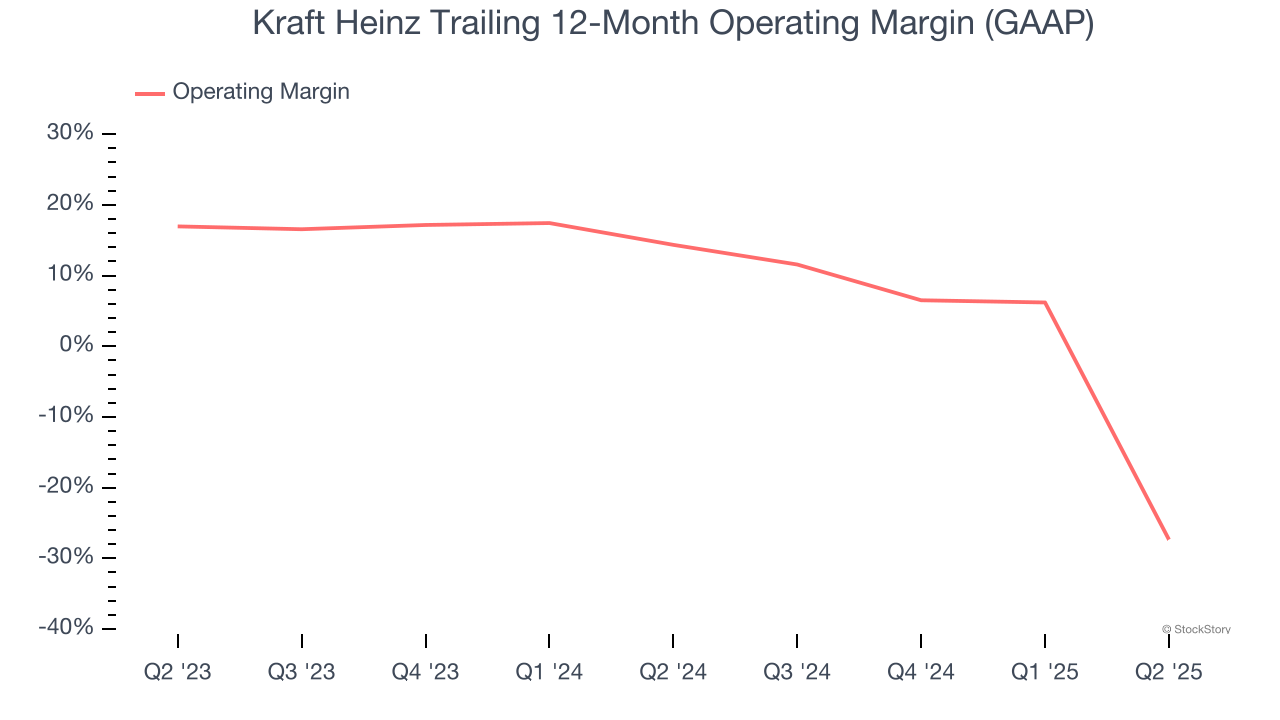
3. Previous Growth Initiatives Haven’t Impressed
Growth gives us insight into a company’s long-term potential, but how capital-efficient was that growth? A company’s ROIC explains this by showing how much operating profit it makes compared to the money it has raised (debt and equity).
Kraft Heinz historically did a mediocre job investing in profitable growth initiatives. Its five-year average ROIC was 1.2%, lower than the typical cost of capital (how much it costs to raise money) for consumer staples companies.
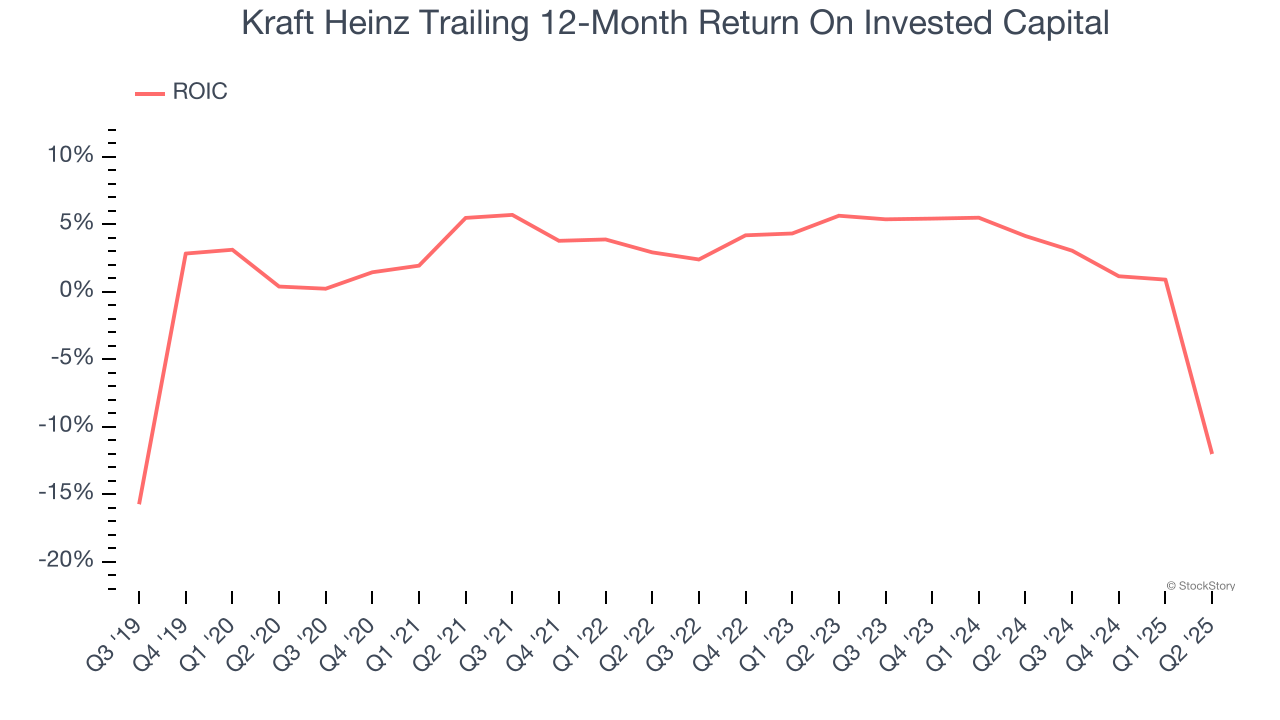
Final Judgment
We see the value of companies helping consumers, but in the case of Kraft Heinz, we’re out. Following the recent decline, the stock trades at 10.5× forward P/E (or $27.65 per share). This valuation multiple is fair, but we don’t have much confidence in the company. There are better investments elsewhere. We’d suggest looking at a top digital advertising platform riding the creator economy.
High-Quality Stocks for All Market Conditions
Trump’s April 2025 tariff bombshell triggered a massive market selloff, but stocks have since staged an impressive recovery, leaving those who panic sold on the sidelines.
Take advantage of the rebound by checking out our Top 9 Market-Beating Stocks. This is a curated list of our High Quality stocks that have generated a market-beating return of 183% over the last five years (as of March 31st 2025).
Stocks that made our list in 2020 include now familiar names such as Nvidia (+1,545% between March 2020 and March 2025) as well as under-the-radar businesses like the once-small-cap company Exlservice (+354% five-year return). Find your next big winner with StockStory today.
StockStory is growing and hiring equity analyst and marketing roles. Are you a 0 to 1 builder passionate about the markets and AI? See the open roles here.

